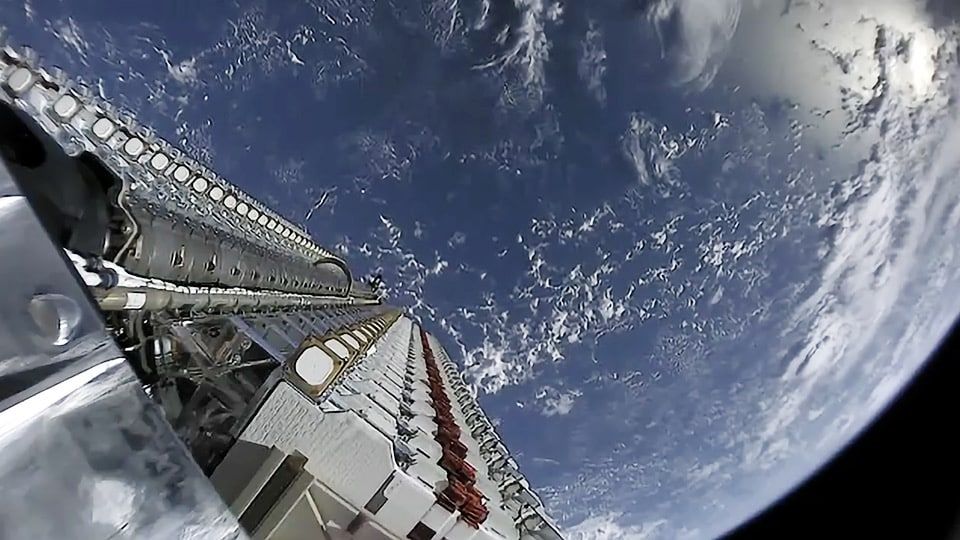A time of unprecedented danger:
It is 90 seconds to midnight
2023 Doomsday Clock Statement
Science and Security Board
Bulletin of the Atomic Scientists
Editor, John Mecklin
January 24, 2023

Disruptive tech: A varied threat environment
Developments regarding potential threats from disruptive technologies told a mixed story last year.
On the disinformation front, there was some good news: For the most part, the American electorate rejected election deniers in 2022, and in France, President Emmanuel Macron overcame a historic challenge from his country’s far-right candidate Marine Le Pen. Meanwhile, the Biden administration continued its efforts to increase the role of scientists in informing public policy.
On the other hand, cyber-enabled disinformation continues unabated. In the United States, political opposition to a “Disinformation Governance Board” proposed by the Department of Homeland Security was grounded in willful misrepresentation and the politics of personal destruction. But non-substantive and misleading as its messages were, the opposition succeeded in causing the department to withdraw its proposal. These types of attacks are hardly new but are emblematic of corruption in the information environment.
Inside Russia, meanwhile, government control of the information ecosystem has blocked the wide dissemination of truthful information about the Ukraine war. Chinese use of surveillance technology has continued apace in Xinjiang. As we stated last year, the extensive use of surveillance technologies has disturbing implications for human rights and poses a distinct threat to civil society.
As for cyber conflict, again the story is a mix of bad and good news. The world continues to suffer from widespread cyberattacks. But—many predictions to the contrary—Russian cyberattacks against the United States and European Union in retaliation for sanctions related to the invasion of Ukraine either did not happen or were unsuccessful. Moreover, Russian cyberattacks on Ukraine proved ineffective as a coercive tool.
Technology-enabled open-source intelligence has had a profound impact on the war in Ukraine, providing imagery that documents Russian war crimes and provides valuable situational awareness for Ukrainian forces. Commercial imagery from space was widely shared, chronicling the Russian buildup to the invasion and giving Ukrainian military decision makers additional input. The SpaceX Starlink system has succeeded both in maintaining internet service across Ukraine and in responding quickly and effectively to Russian cyberattacks.

Starlink has also demonstrated the potential resilience of large constellations of small satellites in low Earth orbit. This approach could be applied to other space missions, such as navigation and early warning. Such satellite constellations would be highly resistant to anti-satellite attack and should therefore contribute to stability. The US Defense Department now appears poised to move toward this approach under the Space Development Agency’s National Defense Space Architecture. In addition, the United States has pledged unilaterally to refrain from kinetically destructive, direct-ascent anti-satellite weapons tests and invited other nations to join that moratorium.
Beyond his threats to use nuclear weapons, Russian President Vladimir Putin has also shredded norms of behavior in space, publicly threatening to use an anti-satellite weapon against US Starlink satellites, arguing that they are not merely a commercial system but a military one as well. Ukraine has made use of Starlink in its conflict with Russia.
US space plans anticipate the deployment of a variety of satellite-based sensors to track missile launchers and other mobile targets, thereby enabling preemptive attacks. Although intended to counter North Korea, these sensor arrays will undoubtedly cause concern in Russia and China and thus potentially threaten strategic stability.
Both Russia and China engaged in worrisome space activity in 2022, with Russia once again launching an “inspector” satellite that reportedly tailed a high-value US government satellite in its orbit.
Finally, the war in Ukraine has demonstrated the value of high-tech weapons against conventional platforms such as airplanes and tanks. Armed drones and precision-guided munitions have been important assets to both sides. Although these technologies are not new, their disruptive potential against traditional ground forces has been demonstrated once again.
Learn more about how each of the Bulletin's areas of concern contributed to the setting of the Doomsday Clock this year:
About the Bulletin of the Atomic Scientists
At our core, the Bulletin of the Atomic Scientists is a media organization, publishing a free-access website and a bimonthly magazine. But we are much more. The Bulletin’s website, iconic Doomsday Clock, and regular events equip the public, policy makers, and scientists with the information needed to reduce manmade threats to our existence. The Bulletin focuses on three main areas: nuclear risk, climate change, and disruptive technologies, including developments in biotechnology. What connects these topics is a driving belief that because humans created them, we can control them. The Bulletin is an independent, nonprofit 501(c)(3) organization. We gather the most informed and influential voices tracking manmade threats and bring their innovative thinking to a global audience. We apply intellectual rigor to the conversation and do not shrink from alarming truths.
The Bulletin has many audiences: the general public, which will ultimately benefit or suffer from scientific breakthroughs; policy makers, whose duty is to harness those breakthroughs for good; and the scientists themselves, who produce those technological advances and thus bear a special responsibility. Our community is international, with half of our website visitors coming from outside the United States. It is also young. Half are under the age of 35.
Learn more at thebulletin.org/about-us.